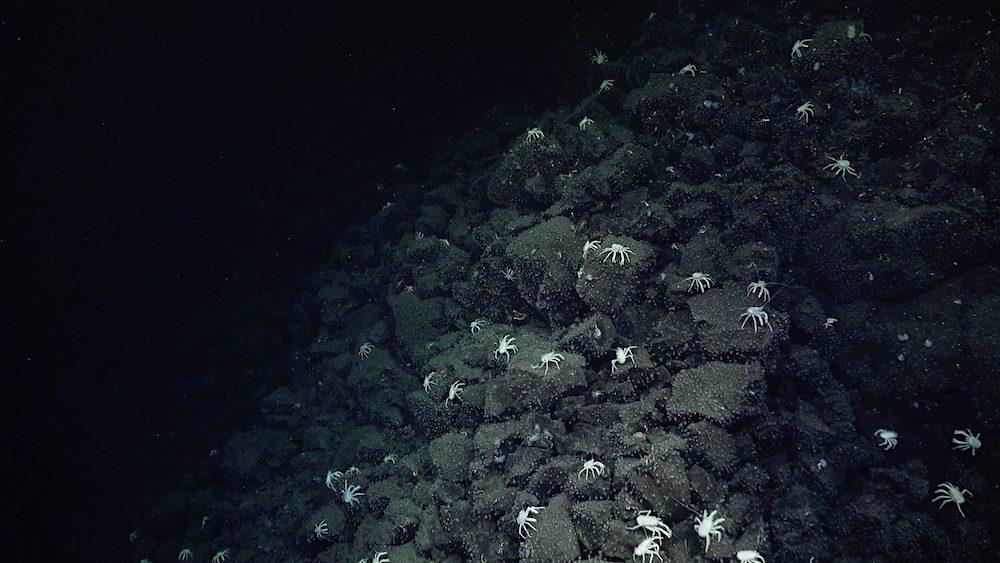Rhode Island professor of oceanography Roxanne Beinart, along with the Schmidt Ocean Institute, discovered hydrothermal vents in the Galapagos Islands that scientists have been looking to observe for 20 years with the help of some crabs.
From August to September, the scientists were trying to find the same chemical signatures that another group had discovered 20 years before finally being able to observe these events. While the group found the same chemical signatures that had been identified previously, according to Beinart, it was with help from galatheid crabs that lived in these vents that the scientists could find and observe the vents.
In addition to the galatheid crabs that helped with the discovery of the vents, giant tube worms, mussels, squat lobsters and eelpout fish were also observed, according to Beinart. Hydrothermal vents, which are referred to as “the ocean’s multivitamin,” release hot fluids that are enriched in micronutrients.
“These hydrothermal vent micronutrients can fuel the growth of marine organisms even at the surface far above,” Beinart said. “At the seafloor, they are hotspots of life, with dense animal and microbial communities that are as productive as rainforests.”
These sites are not only important for marine organisms, they are also important for marine research.
After observing the site, the group collected samples to better categorize. These samples will help to connect the animal communities found in the vents to others as well as learn how these vents formed and how their characteristics compare to other sites, Beinart said. By doing this, scientists will have a better understanding of the marine life that relies so heavily on these vents and their impact on the ocean as a whole.
At the University of Rhode Island, students in the marine science program have access to many unique experiences to study marine life as it relates to the Narragansett Bay area through the Bay campus. Beinhart recommends that students who are interested in learning more about the deep sea enroll in her deep-sea biology class (OCG420). Additionally, Beinhart recommends students explore the Graduate School of Oceanography website for URI to learn more about available research opportunities. For students not studying marine sciences, some deep-sea explorations are live-streamed.
“Students can also follow deep-sea exploration expeditions since many organizations live-stream their deep-sea dives now: E/V Nautilus (Ocean Exploration Trust), R/V Falkor(too) (Schmidt Ocean Institute) and the NOAA ship Oceans Explorer,” Beinart said. “This is a great way to start learning about ocean exploration from the comfort of your own home.”
With so much of the ocean still unexplored, organizations such as the Schmidt Ocean Institute are important to better understand the health and preservation of marine ecosystems. At URI, students are equipped with professors who have field experience to educate their students. Additionally, students can participate in research that surrounds the Narragansett Bay Area.
With all of these resources, students at URI have the opportunity to participate in similar research projects as Beinhart and the team at the Schmidt Ocean Institute.

